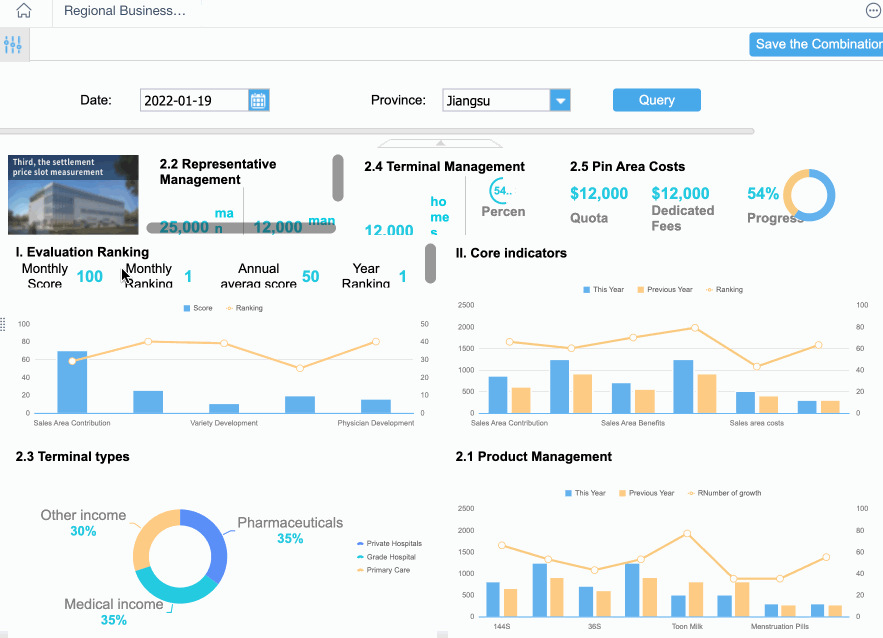What is Quantitative Analysis? Techniques and Applications Explained
Quantitative analysis is a cornerstone of modern decision-making, offering a systematic approach to understanding data, identifying patterns, and predicting future trends. From finance and economics to healthcare and engineering, this method leverages numerical data to derive meaningful insights that inform strategies, improve outcomes, and drive innovation.
What is Quantitative Analysis?
Quantitative analysis involves using mathematical and statistical techniques to analyze numerical data. It contrasts with qualitative analysis, focusing on non-numerical data such as text, images, and observations. Quantitative analysis seeks to uncover relationships, test hypotheses, and make data-driven decisions by employing tools such as statistical tests, models, and computational algorithms.
Core Principles of Quantitative Analysis
Data Collection
Effective quantitative analysis begins with robust data collection. The data can be gathered from various sources, including surveys, experiments, sensors, and existing databases. Ensuring accurate, relevant, and comprehensive data is critical for reliable analysis.
Descriptive Statistics
Descriptive statistics summarize and describe the main features of a dataset. Key measures include:
Mean: The average value.
Median: The middle value when data is ordered.
Mode: The most frequently occurring value.
Standard Deviation: A measure of data dispersion around the mean.
These statistics provide a snapshot of the data’s overall distribution and variability.
Inferential Statistics
Inferential statistics allow analysts to make predictions or inferences about a population based on a sample of data. Techniques include:
Hypothesis Testing: Evaluating assumptions about a dataset (e.g., t-tests, chi-square tests).
Confidence Intervals: Estimating the range within which a population parameter lies with a certain confidence level.
Regression Analysis: Modeling relationships between variables (e.g., linear regression, logistic regression).
Data Visualization
Visualizing data through charts, graphs, and plots helps to identify trends, patterns, and anomalies. Common visualization tools include:
Histograms: Show frequency distributions.
Scatter Plots: Display relationships between two variables.
Box Plots: Highlight data spread and outliers.
Modeling and Simulation
Quantitative analysis often involves creating models to simulate real-world processes. These models can range from simple linear equations to complex algorithms like machine learning models. Simulations can test various scenarios and predict outcomes, aiding in decision-making under uncertainty.
Applications of Quantitative Analysis
Finance and Economics
Quantitative analysis is essential for portfolio management, risk assessment, and pricing strategies in finance. Economists use quantitative methods to analyze economic indicators, forecast economic trends, and evaluate policy impacts.
Healthcare
Quantitative analysis in healthcare helps in clinical trials, epidemiological studies, and healthcare management. Researchers can identify risk factors, track disease outbreaks, and optimize treatment protocols by analyzing patient data.
Engineering and Manufacturing
Engineers use quantitative methods for quality control, reliability testing, and process optimization. Manufacturing processes benefit from data-driven improvements in efficiency, reducing costs, and enhancing product quality.
Marketing
Marketers employ quantitative analysis to segment markets, measure campaign effectiveness, and understand consumer behavior. Data-driven insights enable targeted marketing strategies and improve return on investment (ROI).
Challenges in Quantitative Analysis
Data Quality
The accuracy and reliability of conclusions depend on the quality of the data. Poor data quality can lead to misleading results and flawed decisions.
Complexity
Advanced quantitative methods can be complex and require specialized knowledge. Proper training and expertise are necessary to apply these techniques effectively.
Interpretation
Interpreting quantitative results correctly is crucial. Analysts must avoid common pitfalls such as overfitting models, misinterpreting correlations, and ignoring confounding variables.
Conclusion
Quantitative analysis is a powerful tool that transforms raw data into actionable insights. By employing rigorous methods and leveraging advanced technologies, it helps organizations and researchers make informed decisions, solve complex problems, and uncover new opportunities. As the world becomes increasingly data-driven, the importance of quantitative analysis will only continue to grow, driving progress across various fields and industries.
Embracing quantitative analysis enhances our understanding of the world and equips us with the tools to shape a better future through informed and strategic decision-making.
Needs help with similar assignment?
We are available 24x7 to deliver the best services and assignment ready within 3-4 hours? Order a custom-written, plagiarism-free paper







